Update: This article was last updated on 4th March 2025 to reflect the accuracy and up-to-date information on the page.

Arduino, an open-source hardware and software platform with which interactive electric projects are created, is the perfect programming system to introduce your 12-year-old child to a new realm of technology and electronics.
In addition to being introduced to Arduino kids, they will be equipped with useful knowledge in science, technology, engineering, and mathematics (STEM) areas as you hone their ability to think and innovate.In this blog post, we will be talking about why you should teach Arduino to your 12-year-old child and how it will aid in their professional and personal growth.
What is Arduino?
Massimo Banzi and David Cuartielles created Arduino kids in 2005 at the Interaction Design Institute Ivrea in Italy to offer an easy–to-use programmable device for interactive art design projects. Arduino kids is made up of a microcontroller board and a software development environment. The microcontroller board is built around an Atmel AVR or ARM processor and can be programmed with the Arduino programming language.
Why is it important to teach Arduino to your 12-year-old child?
1. Hands-on Learning:
Arduino for kids allows children to learn by doing. It encourages experimentation and exploration, which can introduce children to motors, sensors, robotics, etc., and help them understand complex concepts more tangibly. Children can make a remote-controlled robot, blinking LED, touchless trash can, and much more with this versatile platform. Arduino education fosters creativity and hands-on engagement.
2. Arduino Improves Coding and Electronics Skills:
Being an open-source platform, Arduino programming is a great means for children to acquire electronics and coding skills. Arduino learning is a simplified form of the C++ programming language that enables children to learn programming concepts such as loops, functions, and conditionals. By linking different sensors and devices to the Arduino board, kids can understand basic electronics concepts such as circuits, voltage, and current. Arduino learning improves both logical and practical abilities required for future technology enthusiasts.
3. Arduino is Cost-Effective/Affordable:
Arduino and its related parts are very cheap and readily available in the market, which has made it even more popular as a learning device. The need for Arduino learning has grown as a low-cost tool for children to learn electronics and programming. It‘s become a familiar learning device for developing different projects globally. This easy–to-use hardware fascinates and inspires users to experiment, explore, and discover through playing hardware games.
4. Easy to Learn and Use:
Arduino kid projects are simple to use and learn due to its easy-to-use programming language, intuitive IDE, and large online community. The platform offers a range of pre-existing libraries, which make it simple for beginners to create sophisticated projects. Its open-source nature promotes collaboration and innovation in the community, making it even easier to learn.
Arduino programming is done using C++, with a minimalistic syntax that is simple to learn and understand, even for novices. Arduino boards are utilized in applications such as IoT systems, robots, etc. Arduino for children provides a seamless and interactive learning experience in terms of coding and electronics
5. Develops Problem-Solving and Critical Thinking Skills:
Time with Arduino kid projects teaches children valuable skills like problem-solving, critical thinking, and creativity. They can even learn how to use technology to address everyday issues, encouraging them to become inventors and innovators. The experiential nature of Arduino projects also has the potential to make learning more interactive and enjoyable for children. Arduino learning fortifies analytical thinking and practical solutions.
6. Helps to Become a Programmer in Shorter Time:
Arduino is an affordable and accessible platform to teach the basics of coding to children. Using Arduino for children, children are able to learn programming concepts in a watered-down version of C++ without having to spend a lot of money or time. Although becoming a certified programmer will be a longer process, children can begin making different projects and learning about coding at an early age. Arduino‘s easy–to-use interface and vast online tutorials make it a perfect tool for parents to introduce their children to the process of becoming skilled programmers. Studying Arduino can lay the groundwork for a prosperous future in technology.
7. Provides a Platform for a Brighter Future:
Arduino learning can benefit your children in their professional lives by offering them useful experience and skills in electronics and coding. Through mastering Arduino learning, they can make a switch to other jobs simpler, easier, and more convenient.
8. Easy to Use:
Arduino boards are easily employed by hobbyists, students, and professionals alike to build projects ranging from robots and electronic devices to interactive art pieces. Arduino boards are widely adopted because they are easy to employ and possess a big following of users who are willing to create libraries and software for the platform. Arduino for children provides a solid knowledge foundation and a friendly learning process of STEM.
Which Arduino is best for Kids
For kids, it’s often recommended to start with an Arduino board that is easy to use, has a good community and educational support, and is reasonably priced. The Arduino Uno is one of the most popular and widely used Arduino boards. Here are the reasons why:
- It’s great for beginners due to its simplicity and ease of use.
- It has a good number of digital and analog pins, making it versatile for various projects.
- There are plenty of tutorials and educational resources available for the Arduino Uno.
5 Easy Arduino Projects for Kids
1. LED Blinking:
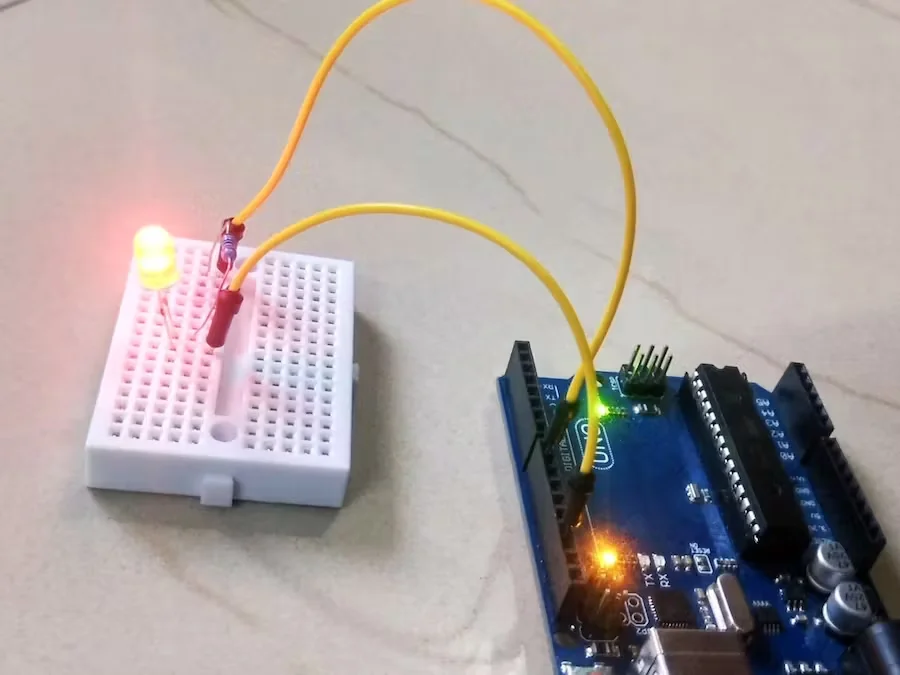
Teach kids how to connect an LED to the Arduino and program it to blink on and off at different intervals. This project introduces them to the concept of digital output and the basics of coding syntax.
2. Temperature Sensor:
Show kids how to connect a temperature sensor to the Arduino and read the temperature values. They can then program the Arduino to display the temperature on the Serial Monitor or use LEDs to indicate different temperature ranges.
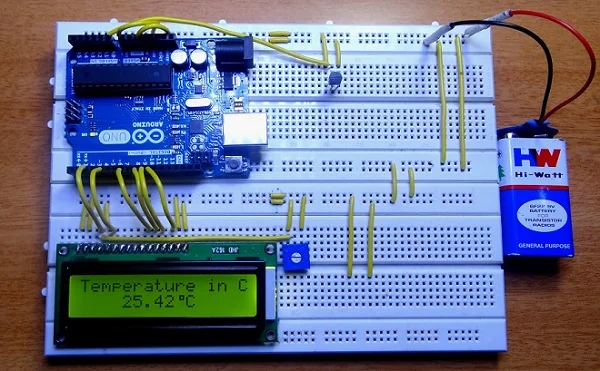
3. Ultrasonic Distance Sensor:
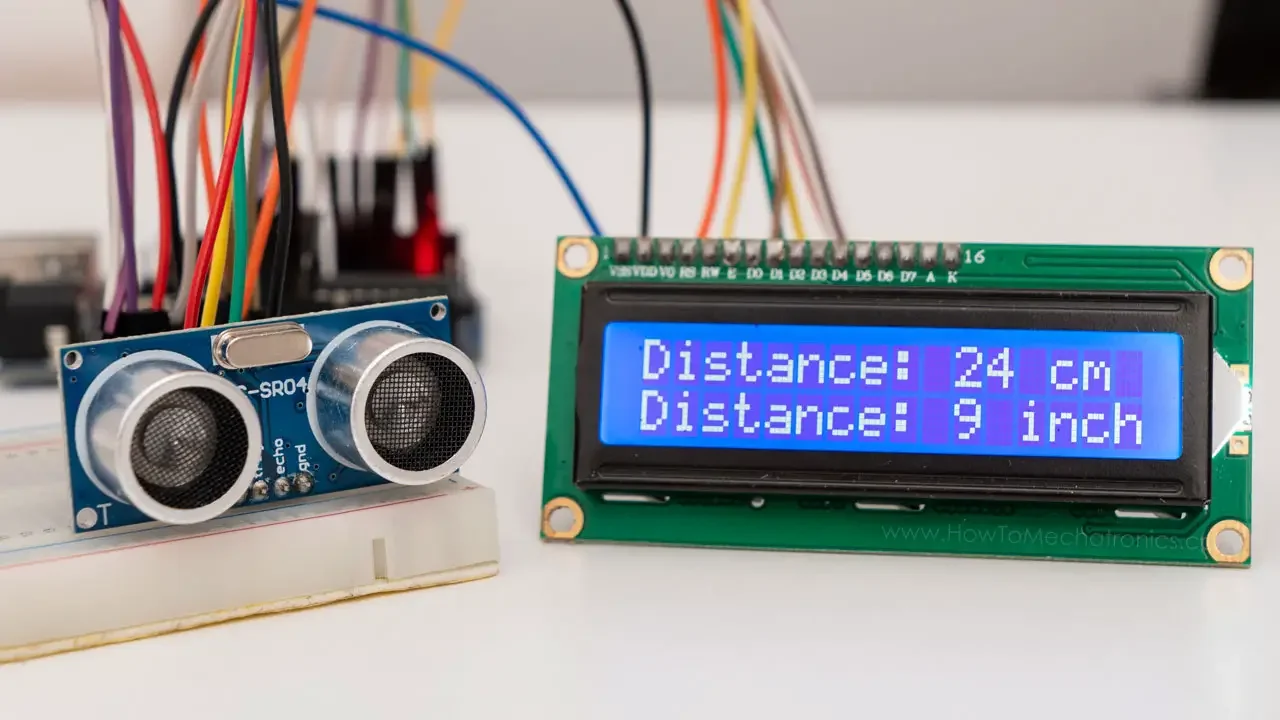
Guide kids in connecting the ultrasonic sensor and programming it to measure distances. They can display the distance on the Serial Monitor and, for added fun, use a servo motor to create a simple distance-measuring device.
4. Musical Instrument with Piezo Buzzer:
Teach children how to wire a piezo buzzer to the Arduino and code it to produce various tones. They can try making basic melodies or reproduce animal sounds. This project introduces them to how code and sound are related.
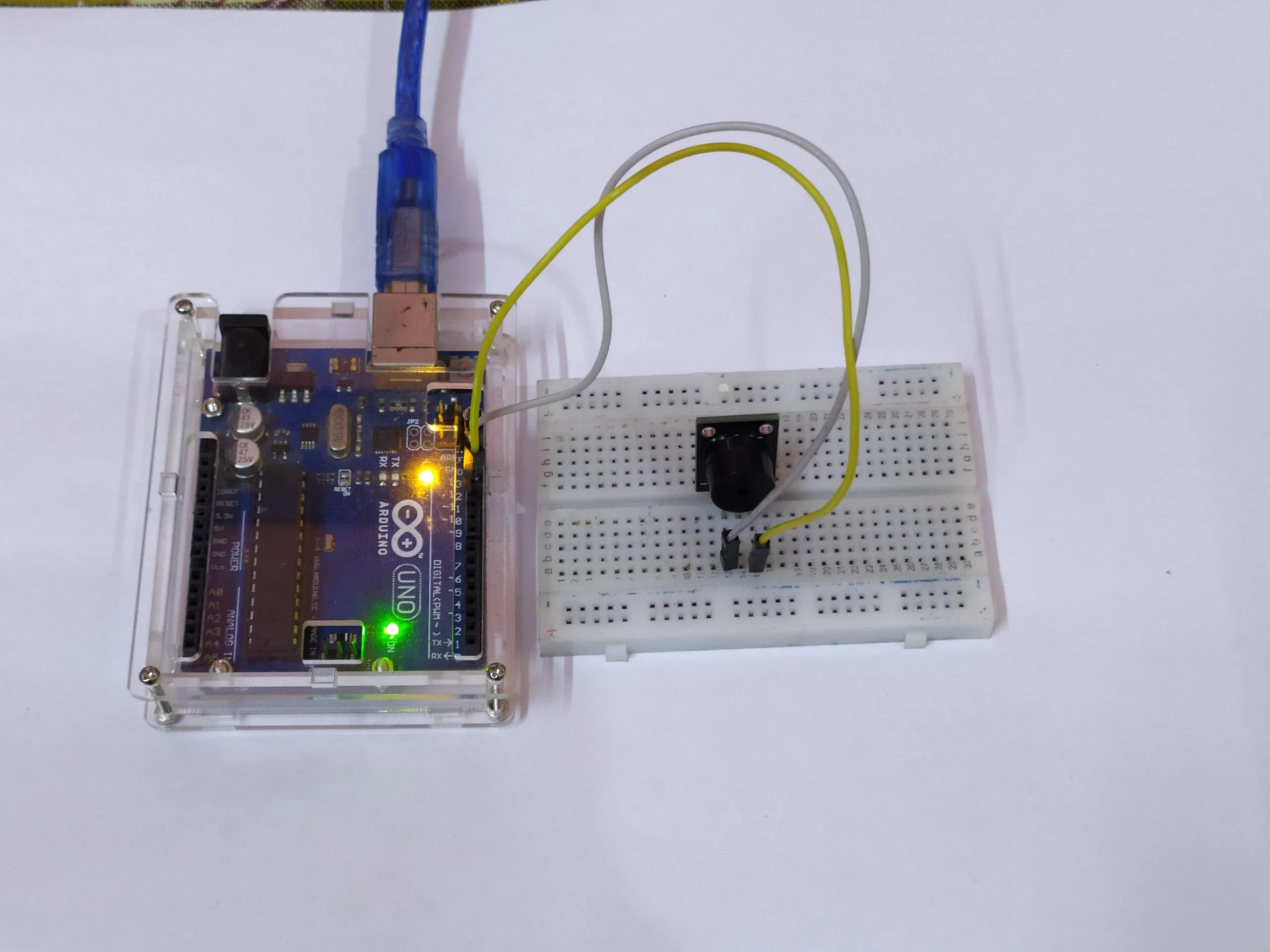
5. Traffic Light Controller:
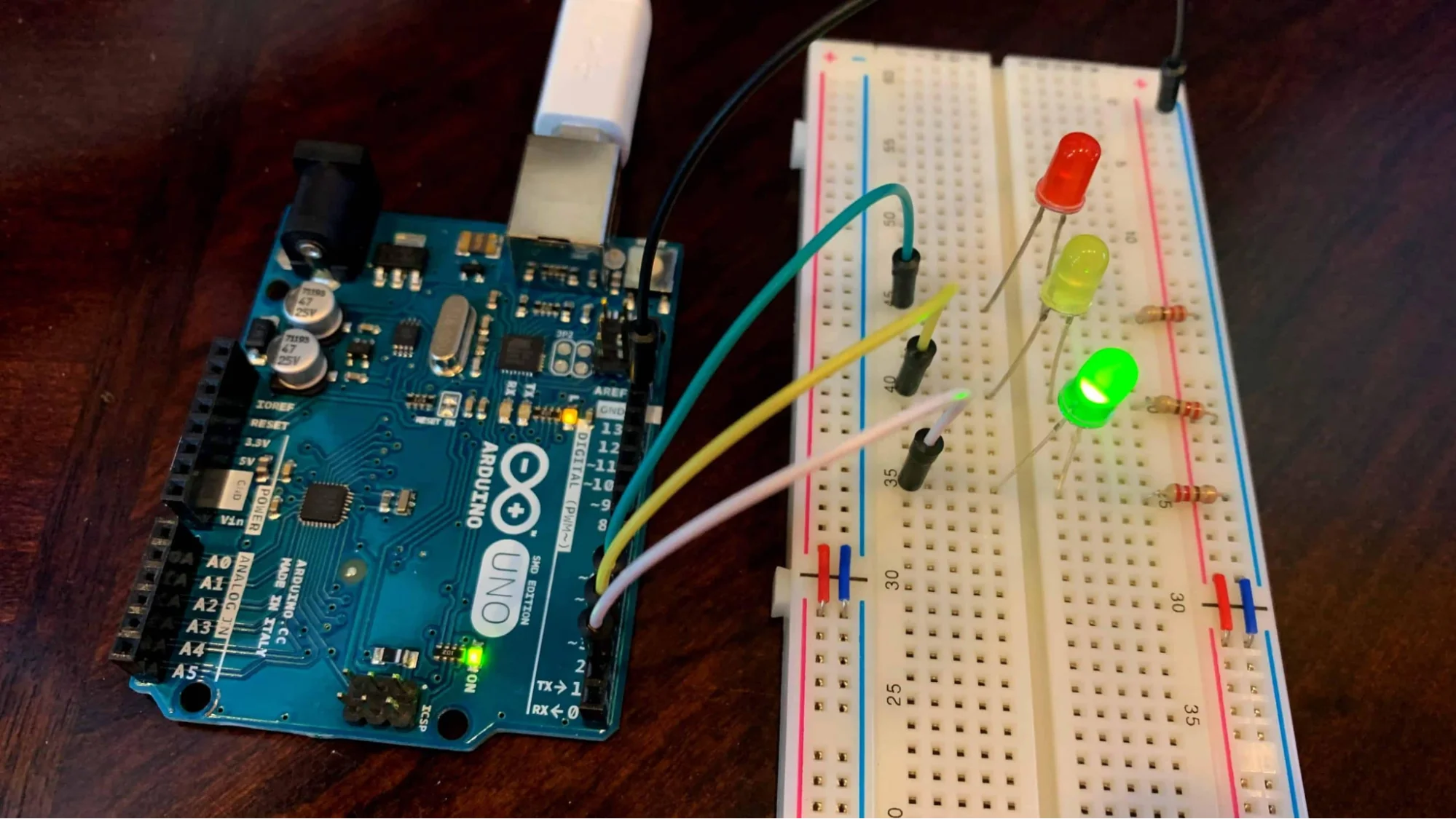
Have children build a basic traffic light system using red, yellow, and green LEDs. They can have the Arduino program the lights in sequence to mimic a traffic intersection. The project teaches them the logic behind traffic lights and introduces them to basic programming constructs such as loops and conditional statements.
Conclusion
Teaching Arduino to your 12-year-old child can have many benefits. It can foster their creativity, problem-solving skills, and interest in technology, while also providing practical experience in electronics and programming that can serve them well in their future endeavors.
Moonpreneur is on a mission to disrupt traditional education and future-proof the next generation with holistic learning solutions. Its Innovator Program is building tomorrow’s workforce by training students in AI/ML, Robotics, Coding, IoT, and Apps, enabling entrepreneurship through experiential learning.























How does learning Arduino at 12 contribute to understanding real-world applications of technology?
Learning Arduino at 12 exposes children to practical tech applications, fostering an understanding of how devices work, enabling them to create and innovate solutions for real-world problems using electronics and coding.
Does learning Arduino at a young age promote problem-solving and critical thinking skills?
Learning Arduino at a young age encourages problem-solving and critical thinking by requiring kids to troubleshoot, design circuits, and code, fostering a logical approach to creating functional projects.